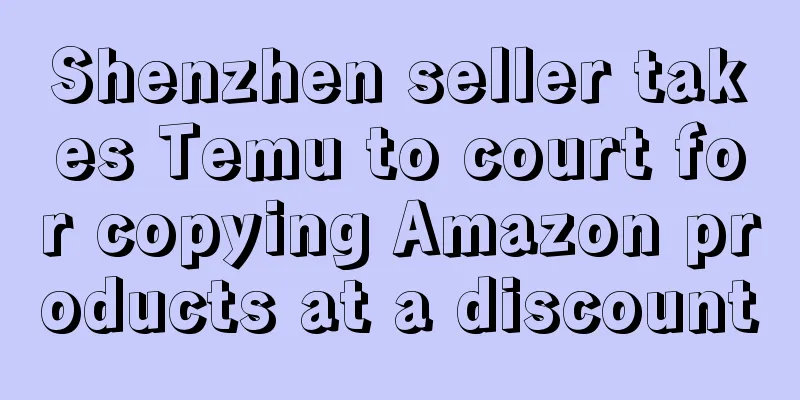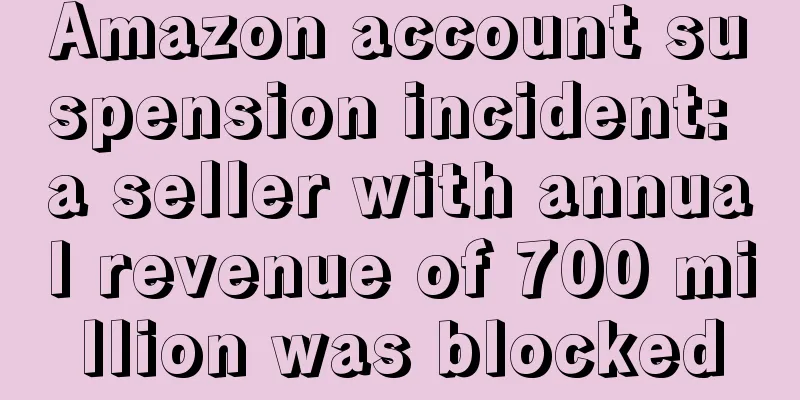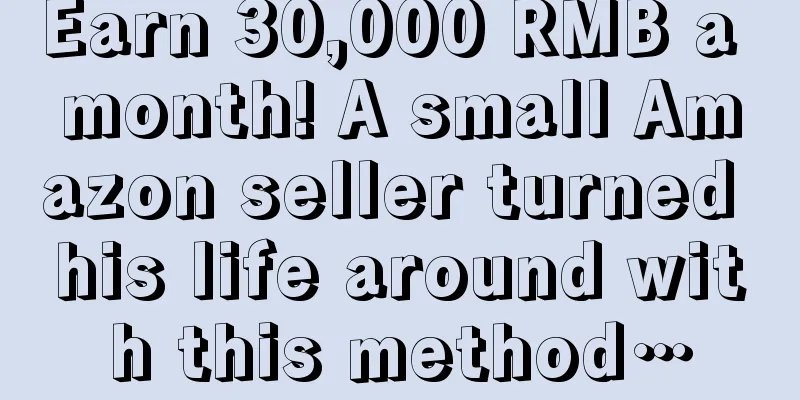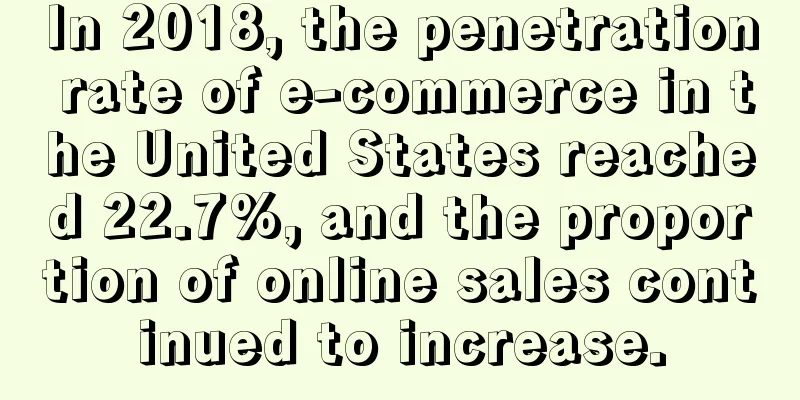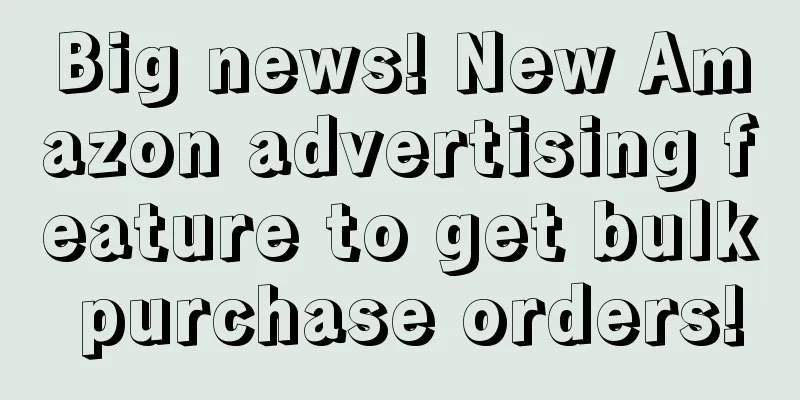2021 is coming to an end. With the arrival of various holiday promotions in Europe and the United States, sellers are also preparing for the event, striving to bring this year's cross-border journey to a successful conclusion.
Throughout the year, account suspension was the main theme throughout the year, mixed with tightening policies, soaring fees, low-price involution, and other chaotic tunes. Sellers stumbled all the way to the end of this cross-border symphony. Many of them can be said to have rushed into Amazon in this awkward year, and handed in embarrassing works amidst the shocks and changes. Some sellers joked that this year's peak season is getting shorter and shorter, just like the winter in Guangdong. In fact, this is not an exaggeration. Although Black Friday and Cyber Monday are approaching, many sellers still do not feel the warmth of the peak season. ACOS, storage fees, and shipping costs have soared, but the number of orders has not increased. However, to make matters worse, while sellers are struggling with dismal sales, a number of phishing websites have emerged in recent times, selling pirated, low-priced products in an attempt to snatch sellers' customers. Cross-border navigation , cross-border sellers beware: your orders may have been snatched away by phishing websites! #Amazon##Cross-border headlines#Cross-border e-commerce video account ▲ Video account focuses on cross-border navigation Pirated Amazon products suddenly appear, snatching orders from sellers! According to the Cyber Threat Intelligence Platform (CPR), the number of global shopping phishing websites has increased dramatically during the peak of online shopping in November. These websites sell counterfeit and shoddy products at low prices, lure consumers to buy and profit from them, and even take the opportunity to steal their account information. CPR research shows that the number of these phishing websites has continued to soar since the beginning of October and reached its peak in November, with an average of more than 5,300 new phishing websites added each week, an increase of 178% compared to the average level through September this year. It is learned that these phishing websites are rampant by taking advantage of the surge in shopping demand among consumers during the peak season, with an average of 38 corporate networks affected per week in November, compared with 47 in October and 352 in early 2021. These criminals send similar phishing emails to consumers by imitating brands or platforms, guiding consumers to click on pirated websites under the guise of offering discounts. The email contained the following words: "Shop FashionMK handbags online today for 85% off." "Michael Kors handbags are discounted up to 80% off, high-end fashion at low prices." "Shop all Michael Kors handbags and wallets with discounts up to 70% off." All email contents point to links to websites with similar brands. These websites are not only similar to the official website of the domain name, but are also registered on similar dates (mainly October 19, 2021). Additionally, these websites look and feel like the official website and sell products at prices far below the official prices, meaning buyers are more likely to receive fraudulent products or none at all. In addition to defrauding consumers with counterfeit products, these websites also illegally steal buyers' account information through similar means. CPR's investigation showed that some phishing websites directly linked to fake login websites of online shopping platforms. For example, CPR found an email from "Amazon" that read: "System notification: Unfortunately, we cannot renew your Amazon account." The website linked in the message was disguised as Amazon Japan. CPR pointed out that these phishing websites not only deceive consumers, causing economic losses and information leakage to consumers, but also have adverse effects on related brands and online shopping websites. For buyers, the rampant pirated platforms and phishing websites may deprive them of some potential customers and even affect sales. How can sellers overcome the sales bottleneck?How to increase sales may be a difficult proposition that sellers have been trying to overcome throughout their Amazon careers. One seller asked for help: It is easy to increase sales from 0 to 30-40 orders for a new product, but why is it so difficult to increase sales from 30-40 to 60-80 orders? Perhaps in the eyes of some sellers who have accumulated 30-40 orders or even zero orders in the past few days, this seller's statement is a bit Versailles. However, making the store bigger and stronger is the lifelong dream of every seller, but when the store transitions to a stable development stage, it will inevitably encounter a sales bottleneck period . Since entering the Amazon industry, this seller has insisted on pure white hat operations and has never faked orders. Fortunately, the promotion of new products has been very smooth, and he has successfully launched several BSRs, but most of them remain at 30-40 orders and have not made any breakthroughs for a long time. ▲ The picture comes from Zhiwubuyan There are several reasons why the seller did not make a breakthrough in his self-examination: 1. The keyword ranking is not high enough, and due to Amazon’s risk control upgrade, we dare not continue to carry out off-site promotion. 2. The price is similar to that of its peers, or even slightly lower by $2-3, but there is still no breakthrough. 3 After the flash sale, we also offered big discounts, but the effect was minimal. 4. After launching advertising promotion, after some links have generated dozens of organic orders per day, the advertising ratio is almost 0, and the conversion rate is very poor. In fact, many sellers have encountered similar situations. One seller's product ranked fifth in a small category, and the proportion of natural orders was very high, but no matter how much advertising was promoted, it could not go any further. Some sellers have said that once a product reaches this number of orders, the traffic on Amazon will be limited. The traffic pool is only so big, and if you spend money, the majority of the traffic is basically allocated to products with higher conversion rates, so you can only find a breakthrough from off-site traffic. From the internal reasons, if the product lacks advantages and irreplaceability, and simply relies on the traffic entrance of the site, it is easy to gradually decline after new products flood in and divide the market. From the external factors, the top sellers at the top of the list not only have brand advantages, but also have more diversified traffic channels, making it difficult to compete with them and snatch traffic from the site. Ultimately, products are king. In order to break through the bottleneck period, sellers need to focus on product quality, build unique barriers, and gain unique competitive advantages to gain a foothold and go further.
|


